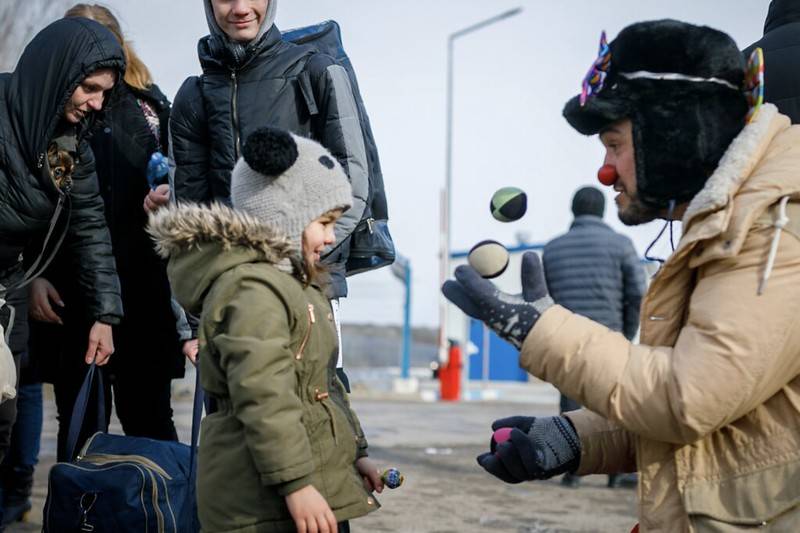Human Rights After the Holocaust was curated by Scott Miller, former chief curator at the United States Holocaust Memorial Museum (USHMM) in Washington DC, who has also been a part of the curatorial team at the Museum of Jewish Heritage in New York for its exhibition, The Holocaust: What Hate Can Do.
Human rights are defined as the inherent and inalienable rights of all human beings to freedom, dignity, and justice — and protection from oppression, violence and terrorism, slavery, racism and discrimination, and genocide. “Spending 30 years at the USHMM and immersing myself in that material has made me sensitive to the past and also to the future,” said Scott Miller. “Genocide is still occurring, and civil rights abuses have never stopped. History is ongoing, not confined to the past.” He additionally reflected that “The title of the exhibition, Human Rights after the Holocaust, was chosen deliberately. Why are we still talking about this event 75 years later? Today’s happenings are connected. The term ‘genocide’ was coined as the result of the Holocaust; it did not exist before.” He further emphasized that the scale of the topic made it challenging to select from all of the possible stories that might be addressed and there would never be enough space to cover them all with the depth and care each deserves.
Human Rights After the Holocaust calls on visitors to ponder the work needed to achieve dignity and rights for all persons. Article One of the Declaration of Human Rights, drafted by the United Nations in 1948, states: All human beings are born free and equal in dignity and rights. The exhibition exposes in stark reality the work needed to achieve dignity and rights for all and also illustrates the ways that hope is essential to our endeavors. This core exhibition explores why and how human rights abuses, hatred, racial injustice, and genocide continue to happen and, simultaneously, illustrates the ways that hope and action are essential to our endeavors.
Human Rights After the Holocaust is the first exhibition of its kind in the Pacific Northwest and one of a few nationally that takes on human rights not just through archival photos and first person interviews with recent refugees from Afghanistan, Ukraine, Tigray, Darfur, to name a few, but also through loaned objects from Syria, Rwanda, Bangladesh, Cambodia, and the US. Mansour Omari, a Syrian human rights activist imprisoned in Damascus in 2012, loaned OJMCHE an extraordinary item. When Omari heard that he was to be released, he and other inmates used a mixture of blood and rust to write the names of 82 fellow prisoners on five strips of ripped cloth. Omari smuggled the list out of prison and contacted the families of the prisoners to tell them that they were alive and where they were being held. Of the 82 prisoners, only four are known to be safe.
Miller reflected that such objects “humanize experience” and make the abstract tangible. Although the trend in museum exhibitions on human rights has been to incorporate personal stories rather than focus solely on the big picture, many museums fill their spaces predominantly with photos and film and neglect the opportunity to make an even greater impact by featuring objects that help visitors better imagine the lives of those whose stories are being documented. Human Rights After the Holocaust is dedicated to Holocaust survivors and human rights activists everywhere.
The exhibition received funding from the Kryszek Family in memory of Jakob and Sala Kryszek, survivors of the Holocaust.
